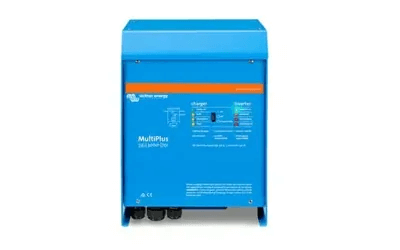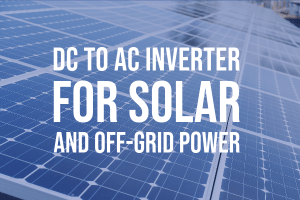A battery energy storage system (BESS) is designed to capture and store electricity for later use by storing electrical energy in the form of chemical energy within batteries. It serves as a storage solution for surplus energy generated during low-demand or high-renewable energy production periods. This system also prevents conventional generator sets from running at low loads for too long, causing unnecessary fuel consumption. Subsequently, this stored energy can be released later on when there is high demand or limited renewable energy production. A BESS acts as a buffer, balancing energy supply and demand to ensure a stable and reliable power source.
BESSs are typically used in conjunction with renewable energy sources like solar photovoltaic (PV) panels and wind turbines, as well as in electricity grids and conventional power systems to help stabilize and balance supply and demand. They play a crucial role in the integration of intermittent renewable energy sources into the grid, as they can store excess energy when it is abundant and release it when demand exceeds supply.
Key Components of an Energy Storage System
Batteries

Batteries are at the center of the energy storage system, devices storing electrical energy in the form of chemical energy. Various types of batteries are used for energy storage, such as lithium-ion, lead-acid, Carbon fiber, and more. Lithium-ion batteries are widely used due to their high energy density and efficiency.
Inverters
BESSs are equipped with inverters responsible for converting the direct current (DC) stored in the batteries into alternating current (AC). AC is the standard form of electricity used in most electrical devices and the power grid.

Charge Controller
The charge controller manages the charging process of the batteries from solar or other renewable devices. It regulates the current and voltage supplied to the batteries during charging to ensure they are charged safely and efficiently.
Power Management System
A power management system controls the charging and discharging of the batteries, ensuring efficient operation and optimal performance of the BESS. These software-based control systems continuously monitor the state of charge and the health of the batteries. It receives data from various sensors and communicates with the battery inverter, renewable energy sources (such as solar panels), and the electrical grid. These systems can also start and stop a generator when needed for additional power needs.
Control System
The control system monitors the energy flow, battery status, and other parameters to manage the operation of the energy storage system and respond to changes in electricity demand or supply. The control system uses algorithms and logic to make real-time decisions on when to charge or discharge the batteries, how much power to deliver to the grid or connected loads, and when to switch between different operating modes, such as generator run or not. It also communicates with other systems, such as inverters, renewable energy sources, and grid interfaces, to coordinate and optimize the overall performance of the battery energy storage system based on user-defined settings and grid requirements.
Benefits of a BESS
Load Shifting
They allow for load shifting by storing excess energy during low-demand periods and discharging it during peak demand, helping to balance the grid or generator and reduce the need for costly peak demand spikes..
Grid Stability
BESSs can provide grid stability by responding quickly to fluctuations in supply and demand, helping to maintain a reliable power supply.
Renewable Energy Integration
They facilitate the integration of renewable energy sources into the grid by compensating for their intermittent nature and ensuring a steady energy supply.
Backup Power
Battery energy storage systems can sometimes serve as backup power sources during power outages or emergencies.
Fuel and Maintenance Savings
In prime power low load scenarios, these systems can be used to prevent a generator from running too often in its most inefficient portion of the fuel curve. It will store the energy and start the generator to run only when needed in high-load scenarios or when changing the batteries.
Conclusion
As technology advances and the demand for renewable energy increases, battery energy storage systems are becoming increasingly important in modern energy systems to support a more sustainable and reliable power supply.
If you have any questions about battery energy storage systems, please contact us or browse our Victron Battery Energy Storage Systems. We offer FREE SHIPPING and expert customer support.
Also, check out our NEW RELEASES Epoch Batteries and BLUETTI Portable Power Stations!








